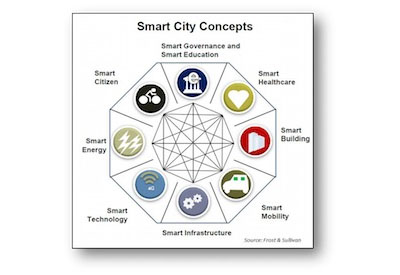Increasing Warehouse Accuracy in an Age of Employee Churn

August 7, 2017
By David Gordon
In talking with senior management and HR managers of distributors, a continual challenge is personnel. While frequently these discussions relate to qualified (industry or skilled) personnel for sales, branch management and/or specialists, a frequent comment is the “churn” that they experience in their warehouse as well as with their drivers.
Low unemployment and the reality of the compensation for these roles contribute to employee change in many markets. Working conditions may not be the greatest, and people move for compensation reasons. In reality, for these roles you are not competing against other electrical distributors. You are competing with the general marketplace.
The impact can affect your customers.
The belief that an automated warehouse will eliminate all errors, forever, is incorrect. For all electrical distributors, humans inevitably are involved at some level of the process. We have not progressed to 100% robotic warehouses.
So, with this in mind, Dick Friedman offers some ideas on how to review your barcoding process to ensure that you are optimizing your warehousing model, especially during times of warehouse employment “churn.”
Most distributors don’t need to be reminded that the unemployment rate is at historical lows. All they need to do is ask their HR department about their frequency in rehiring for drivers / and warehouse personnel. In fact, May’s unemployment rate was the lowest in 16 years; 4.3%. And this turnover can be affecting your sales as customers become impacted with picking and delivery issues… even if you have barcoding in your warehouse. Between temporary workers and lack of training, errors happen and unfortunately customers feel the consequence (and sales can be lost).
Turnover in warehouses and difficulty in finding replacement warehouse workers result in levels of warehouse mistakes — even where bar codes are scanned at most steps in an effort to avoid these mistakes. Just because it is automated doesn’t mean it’s perfect. Remember the phrase “operator error?”
Even when warehouses were fully staffed, bar code scanning rarely resulted in 99.9% warehouse accuracy, the level needed to compete with alternate channels of distribution. Based on this author’s experience with electrical distributors, here are some problems that restrict the effectiveness of bar code scanning.
- Organization. The bar codes on labels containing a shelf- or slot-location ID seldom fade from exposure to light, especially where occupancy sensors are used to turn aisle area-lights on and off. But people and product can rub against these labels, and over time damage the codes; codes that identify products (in a fixed storage-location warehouse) can also be damaged.
- Storage pattern. With the economy booming in many parts of the country (which is the reason that unemployment is so low), more distributors are stocking more new products than even five years ago. To accommodate new products without adding shelving, two or three different products are sometimes stocked on a shelf that was used to store only one; four products could be stored together. That can create confusion.
- Receiving. When new products are received for the first time, receiving personnel sometimes discover that the bar code printed on cartons, labels on shrink wrap, pieces, etc. is either unreadable or does not correspond to the data stored in the ERP system, or that the needed data is not stored in the system.
- Put away. During this process personnel sometimes scan the code on a carton or piece before actually placing it on a shelf or rack, then scan the correct location ID code but place the carton or unit in a wrong location.
- Picking. When pickers are in a hurry they sometimes accept the displayed quantity to pick, without counting the quantity actually picked, which turns out to be less — or more — than what the customer ordered.
- Verification. As picked products pile up for verification and/or packing, in order to load trucks by the cut-off time(s), pickers are sometimes used to verify orders (via scanning labels on cartons and units/pieces).
Scanning bar codes has been shown to dramatically increase warehouse accuracy, but no one should assume that this technology always results in 100% accuracy. Steps should be taken to ensure that accuracy is at least 99.9%.
Dick Friedman, General Business Consultants, helps electrical distributors increase warehouse accuracy for distributors who use bar coding and those without automated systems. The objective is increasing accuracy to enhance customer satisfaction and recapture sales. He can be reached at 847 256-1410 or you can email him.
Delivering on customer expectations to ensure continued growth depends on your people. Getting the order is only part of serving your customer. Getting the material to them, correctly, is the key to long-lasting, profitable, relationships. And unfortunately some of the lowest compensated people in your company, who have the least differentiable skills and who can take those skills to many other employers in your marketplace (non-electrical) are why automating as much of your systems is critical to success (as is strengthening relationships and loyalty with this element of your workforce.) Periodic auditing of key functionality is important, especially in times of employee churn, to ensure that you are delivering on your customers’ expectations and delivering “on your difference.”
David Gordon is President of Channel Marketing Group. Channel Marketing Group (CMG) develops market share and growth strategies for manufacturers and distributors and develops market research. CMG’s specialty is the electrical industry. David also authors an electrical industry blog, www.electricaltrends.com. He can be reached at 919-488-8635 or dgordon@channelmkt.com.











